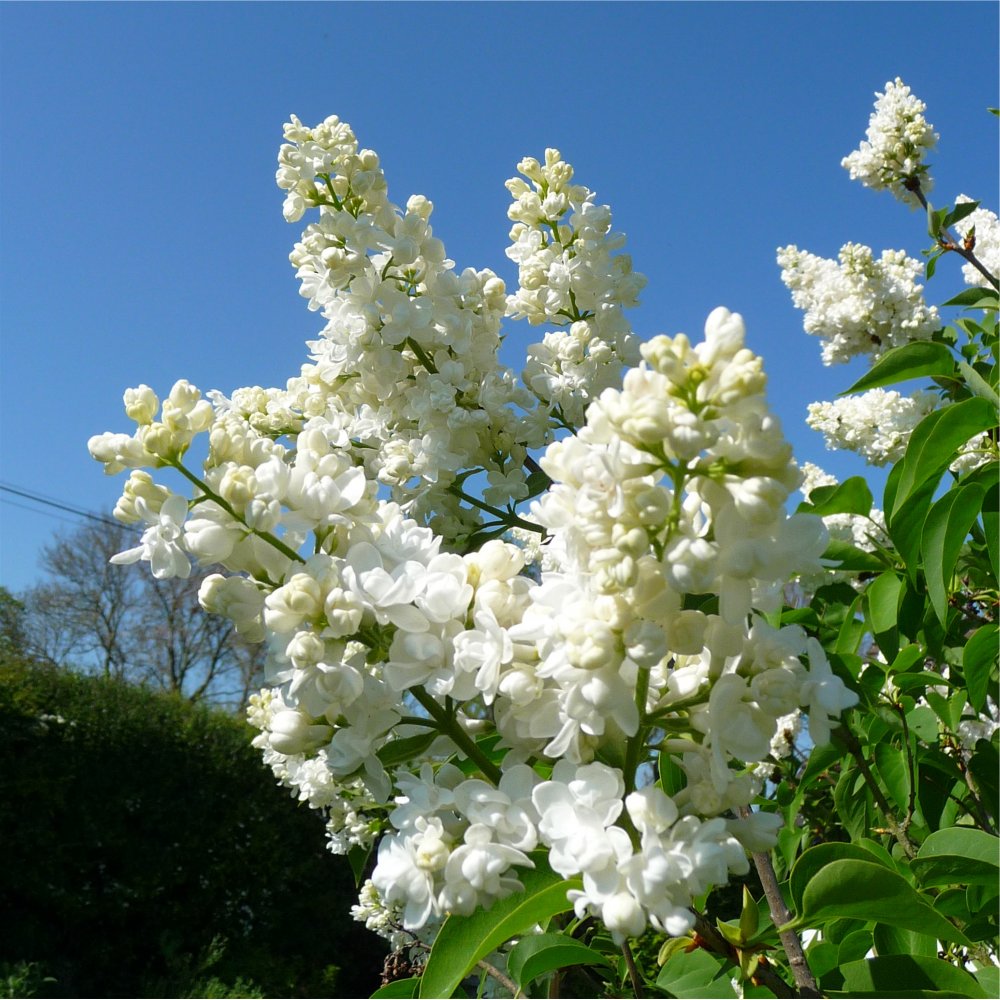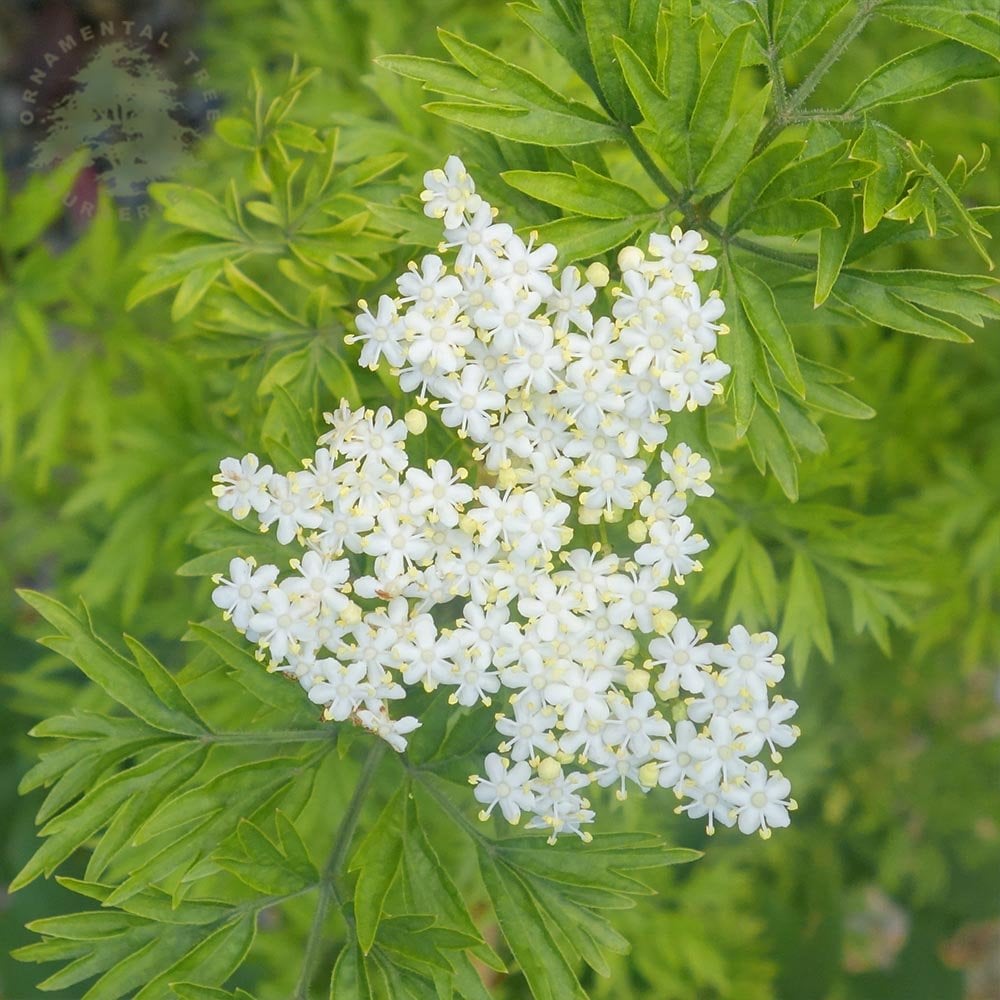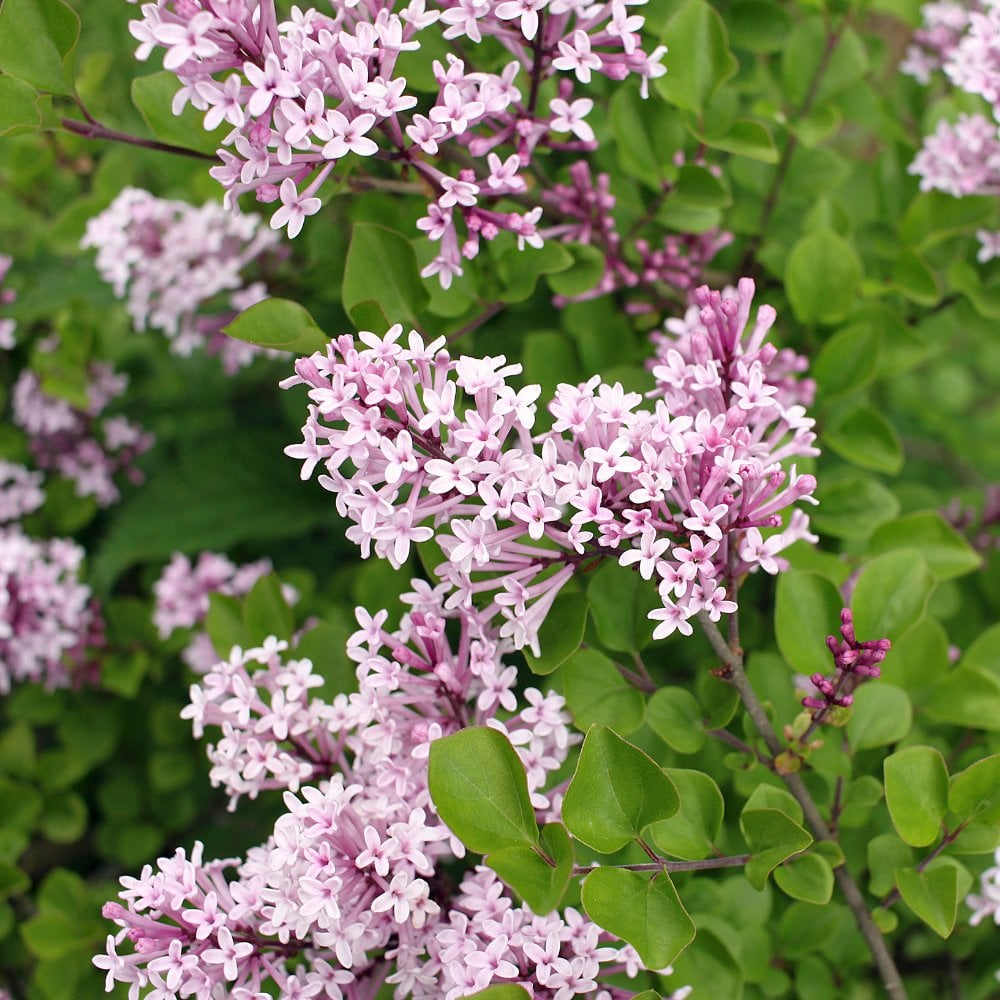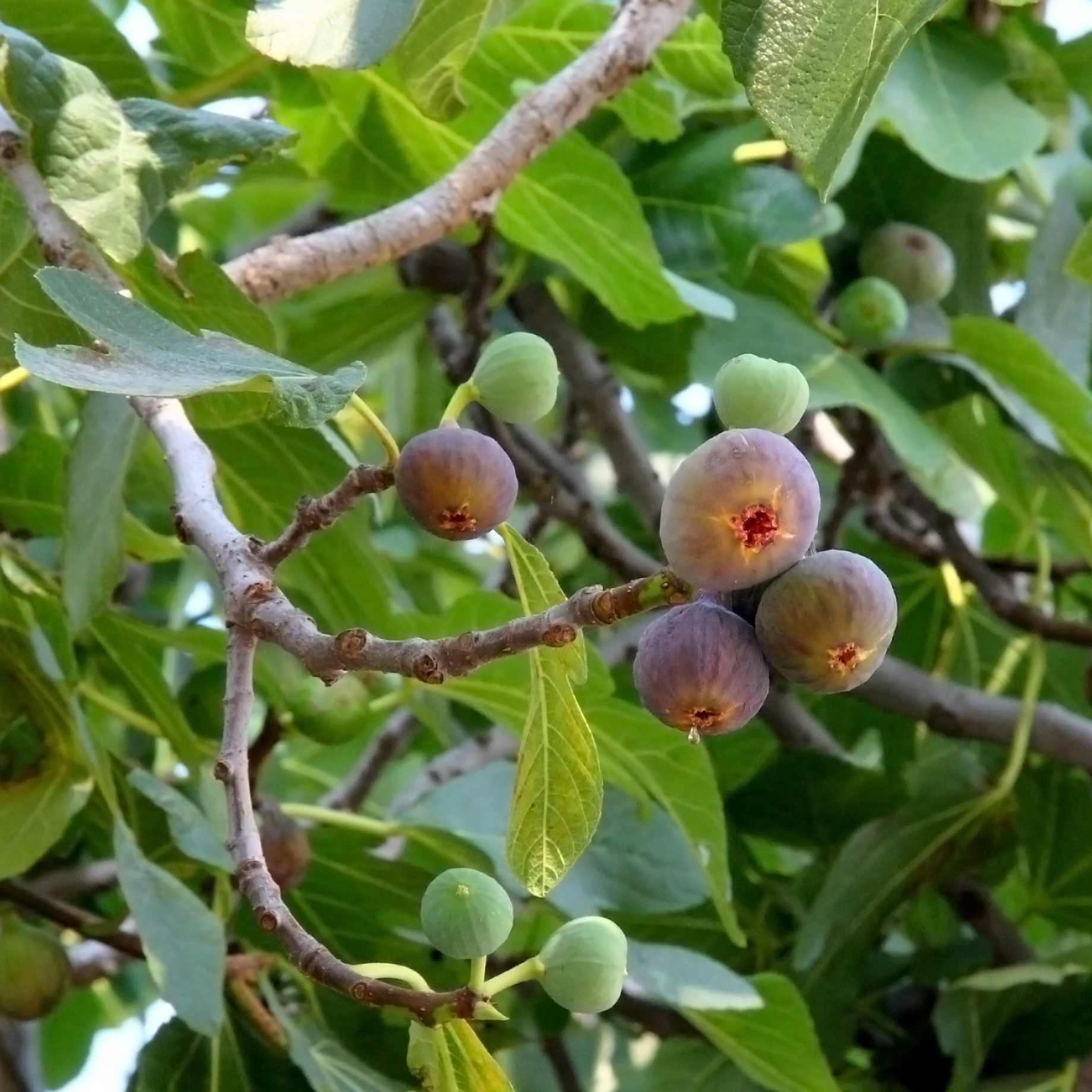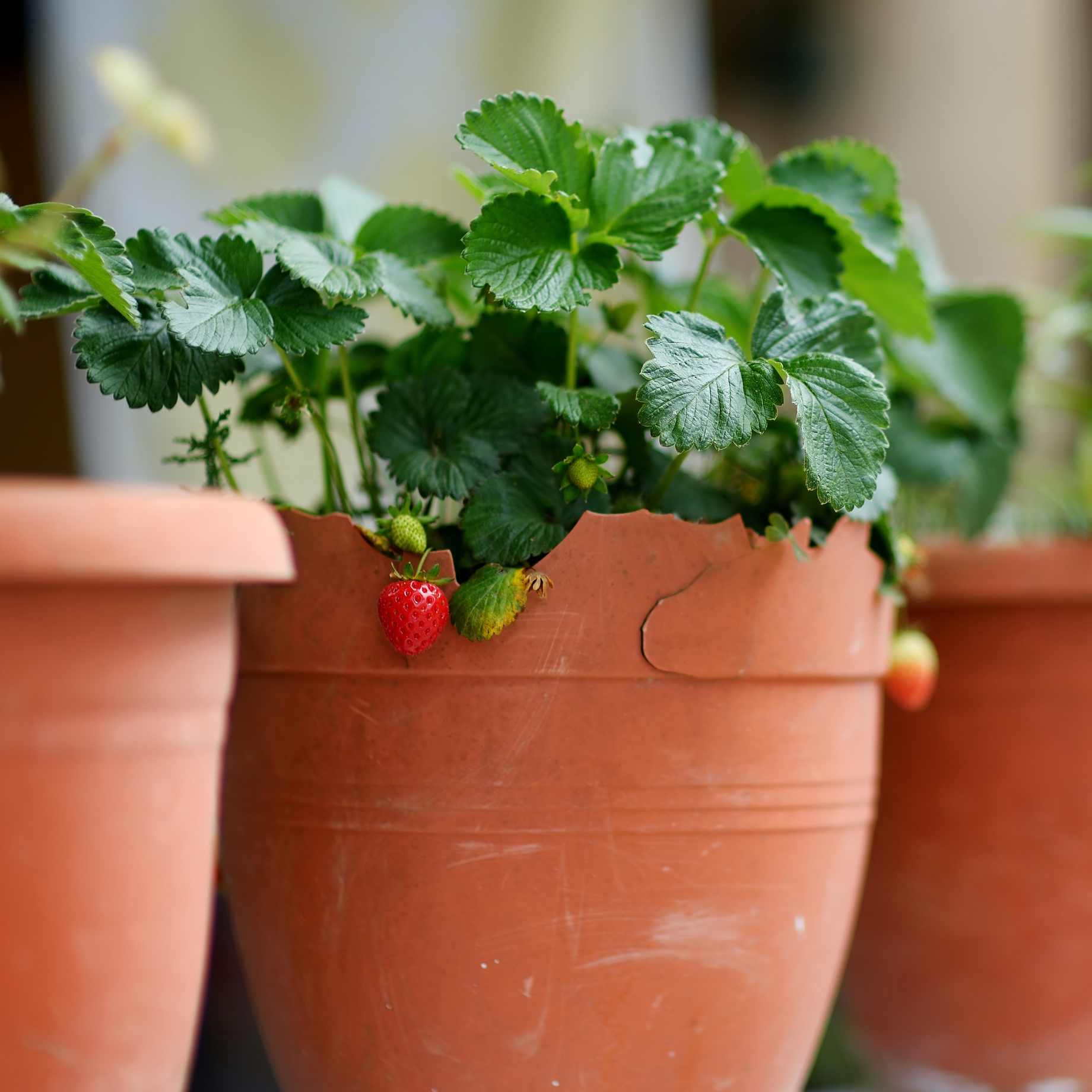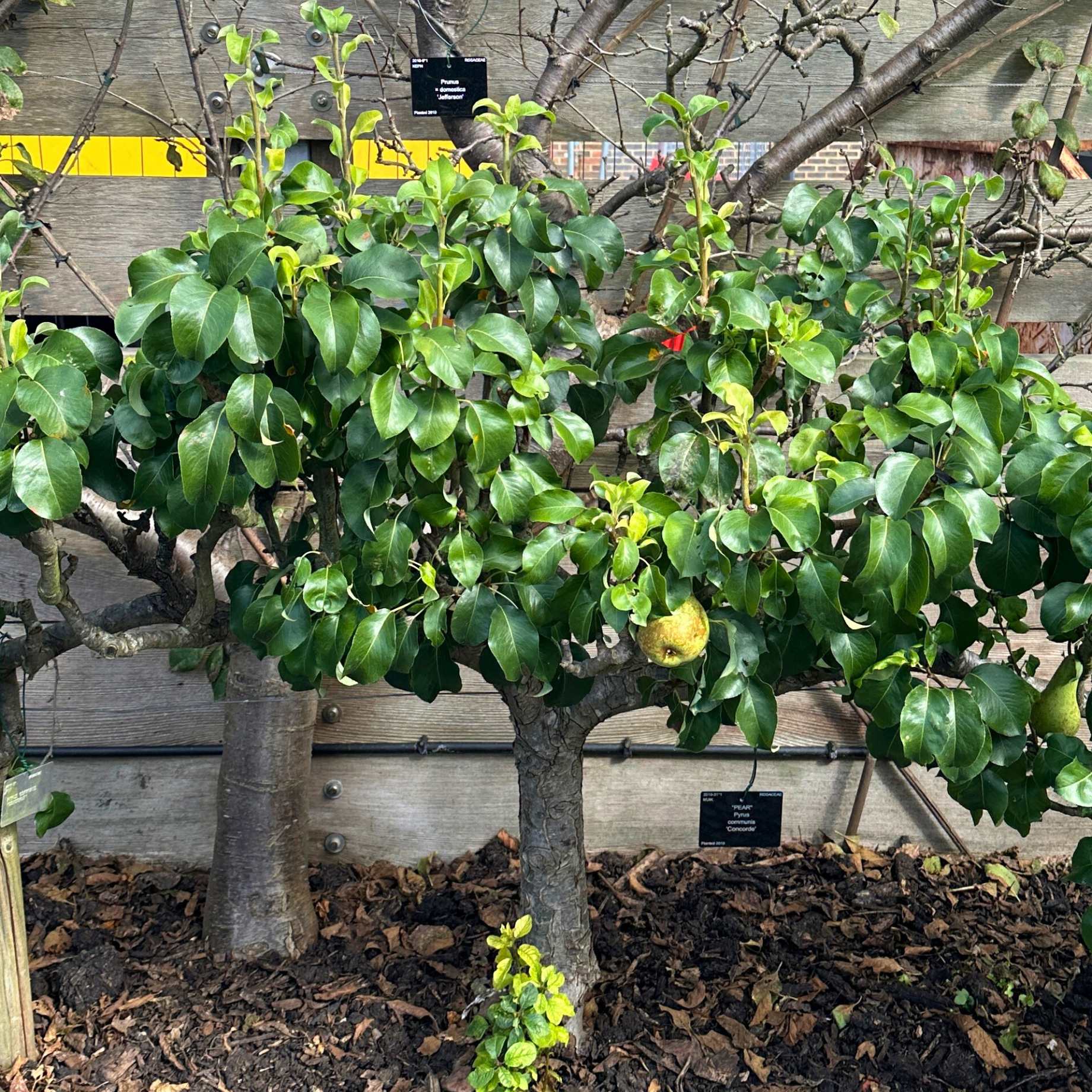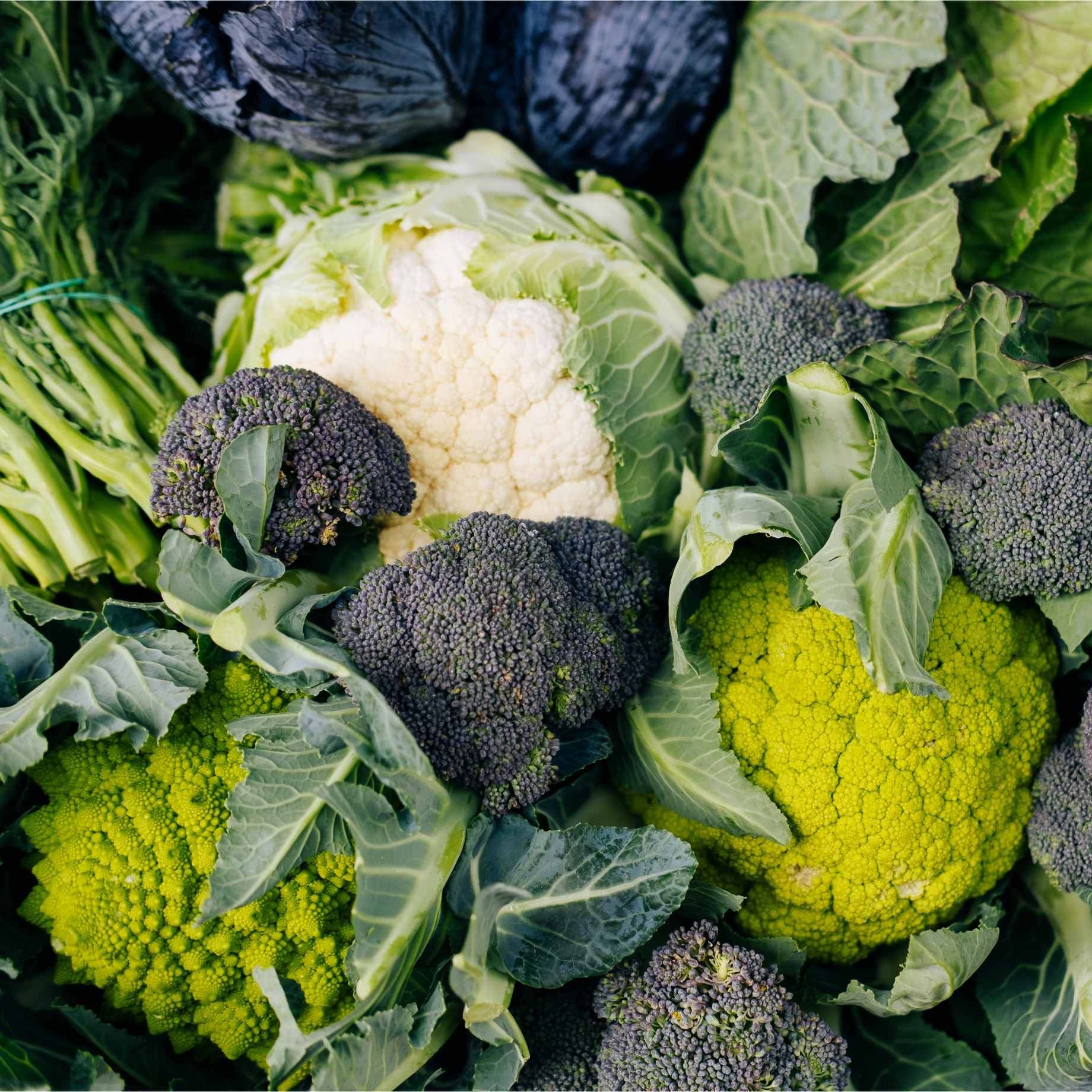Key features
AwardsRHS Award of Garden Merit
Final size3.5 x 3.5 metres in 20 years
FoliageHeart-shaped green leaves (deciduous)
PositionFull sun
SoilPrefers moist yet well-draining soil
Description
The yellow spring buds of Syringa vulgaris ‘Madame Lemoine’ open to reveal panicles of closely clustered tiny white double flowers in May-June. The flowers give off a delightfully strong yet sweet fragrance and attract butterflies and bees. The white flowers stand out against the back-drop of mid green, heart shaped foliage.
Syringa vulgaris ‘Madame Lemoine’ requires a well-drained soil in a sunny spot but is tolerant of alkaline soils. Lilac Madame Lemoine was bred by the famous French horticultural family, the Lemoines, hence the name and has received the RHS Award of Garden Merit.
We offer this White Lilac as either a Lilac bush that will grow to around 3.5 x 3.5 metres in 20 years or a standard Lilac tree with a clear stem that makes a stunning feature.
AKA Common White Lilac tree, Lilac Madame Lemoine, Syringa ‘Madame Lemoine’
Planting Steps
1Preparation
- Pot-grown plants can be planted at any time of year, whereas bare roots need to be planted between November and March.
- Clear weeds and grass within a metre of the planting hole.
- Dig a hole as deep as the root mass and twice as wide.
- To help your plant establish more effectively, sprinkle Rootgrow in the hole.
2Planting
- Gently loosen the roots and place into the planting hole.
- Ensure the top of the plant’s compost is flush with the level of the surrounding soil and the graft union or collar of the tree is above ground level.
- Mix 50% of the original soil with 50% compost.
- Fill in the hole, firming the soil gently.
3Last Steps
- Water generously around the base of the plant.
- If you are planting either a single stem tree or mature standard tree, we recommend adding a staking kit and rabbit guard.
Aftercare Advice
Trees and shrubs require a good watering regime for a couple of years whilst they establish. Water well and regularly through spring and summer, increasing in hot or dry weather. If planting in autumn, you may only need to water a little. It is advisable to keep the area free of competing weeds and grass during this period.
For more detailed advice and video guides, please visit our Help & Advice section.

